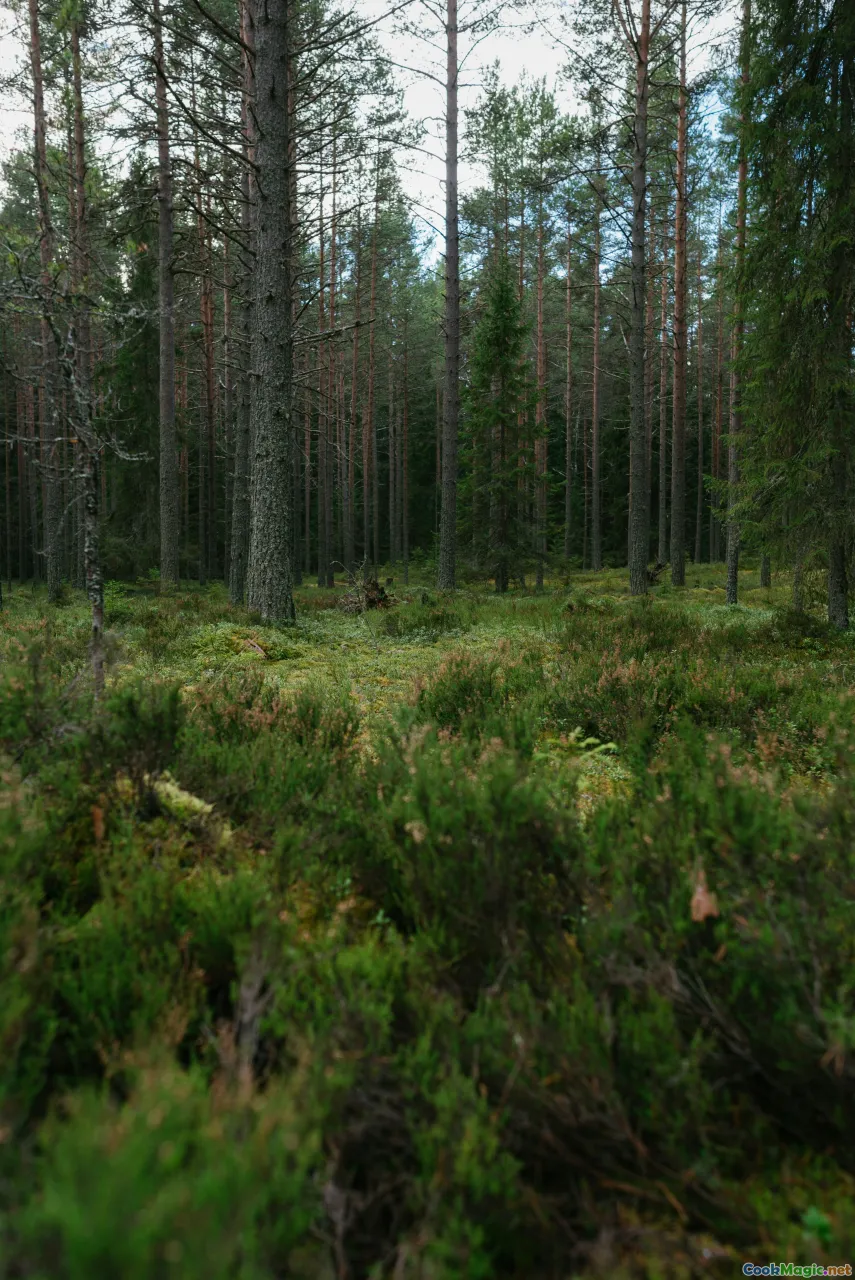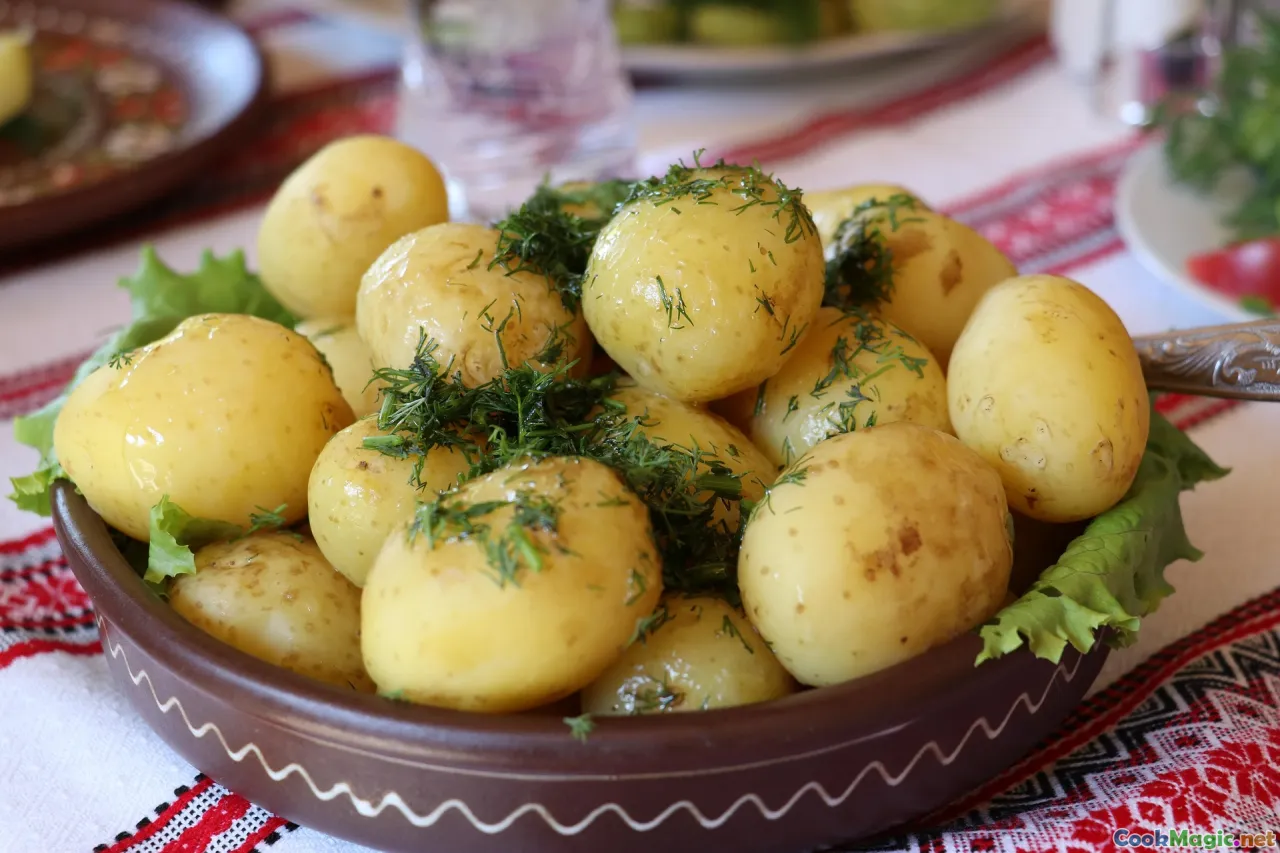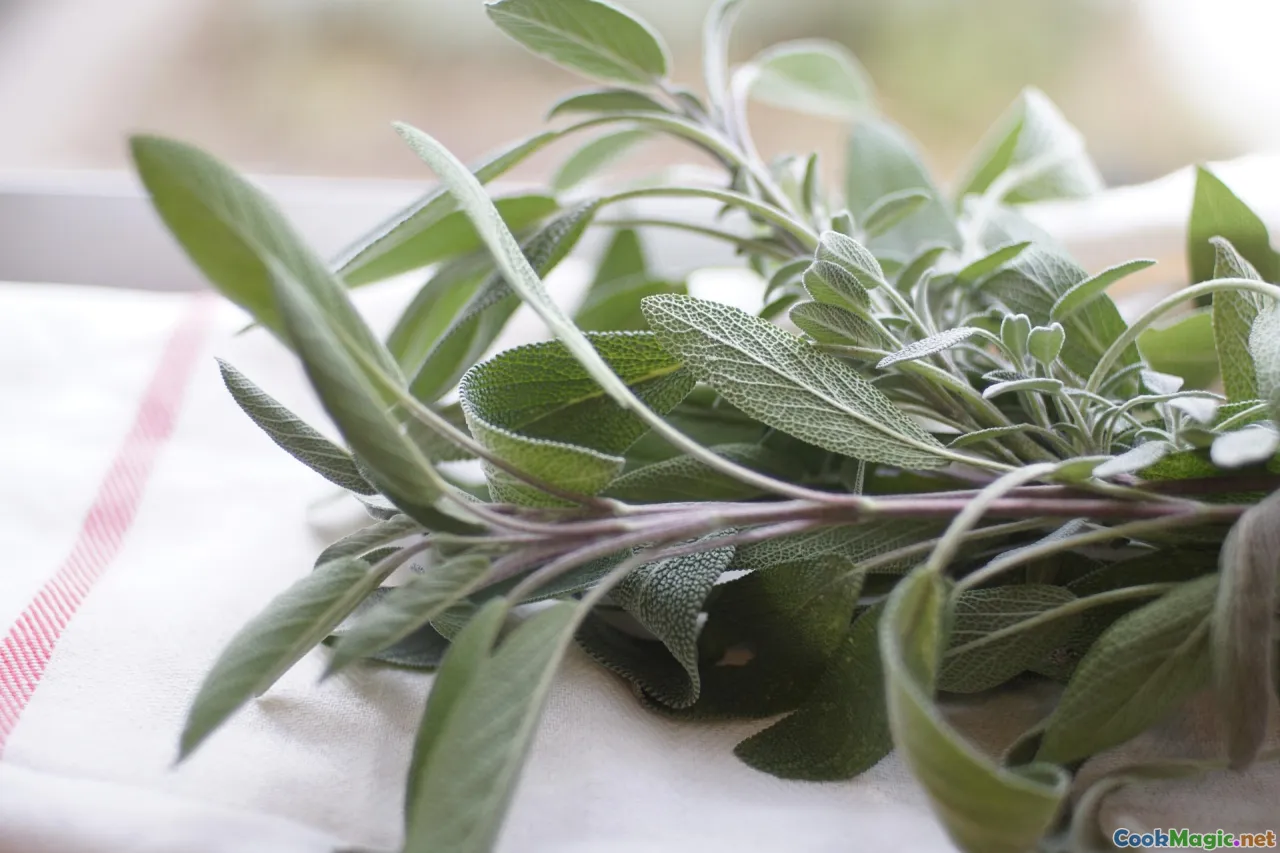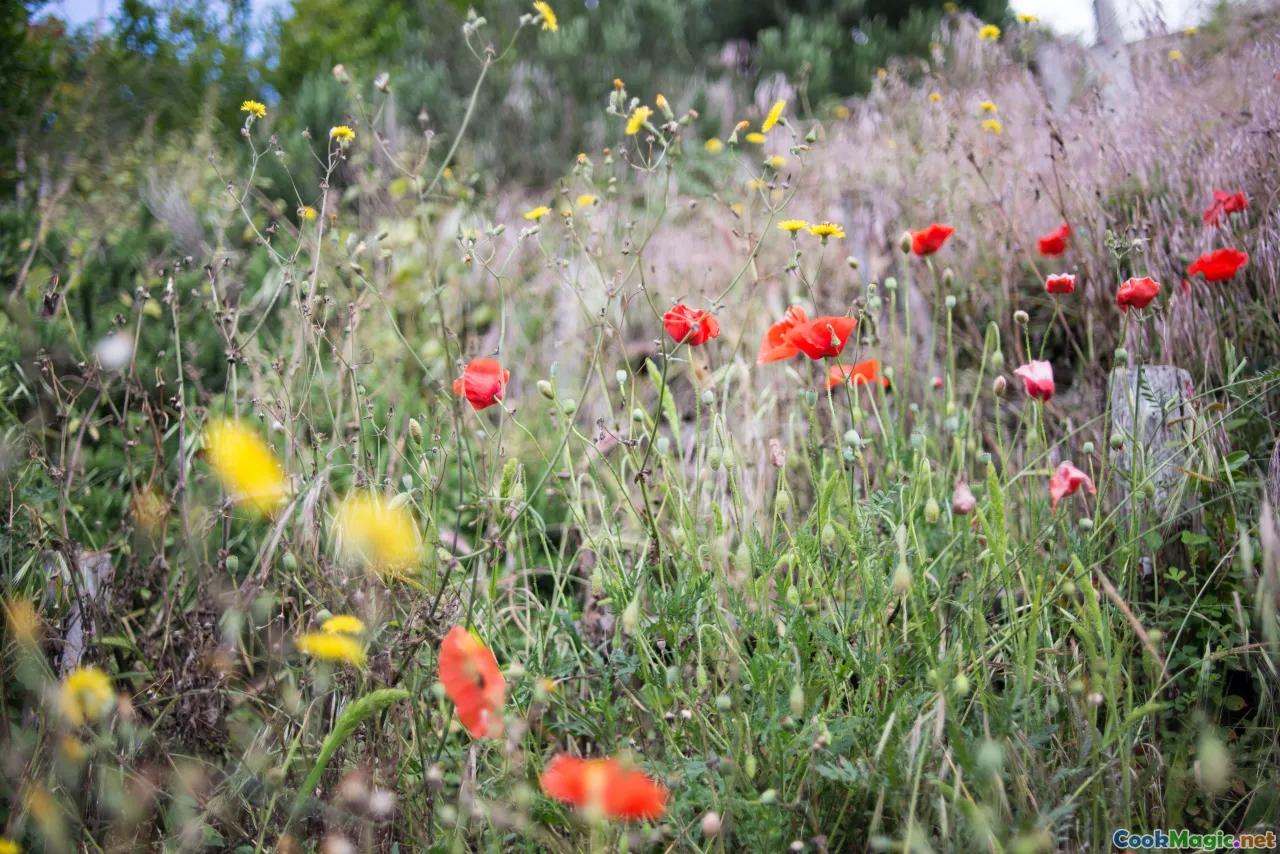Foraged Herbs and Baltic Regional Flavor Profiles
13 min read Exploring traditional Baltic herbs and their unique contributions to regional culinary flavor profiles, highlighting foraging and cultural heritage. August 04, 2025 12:05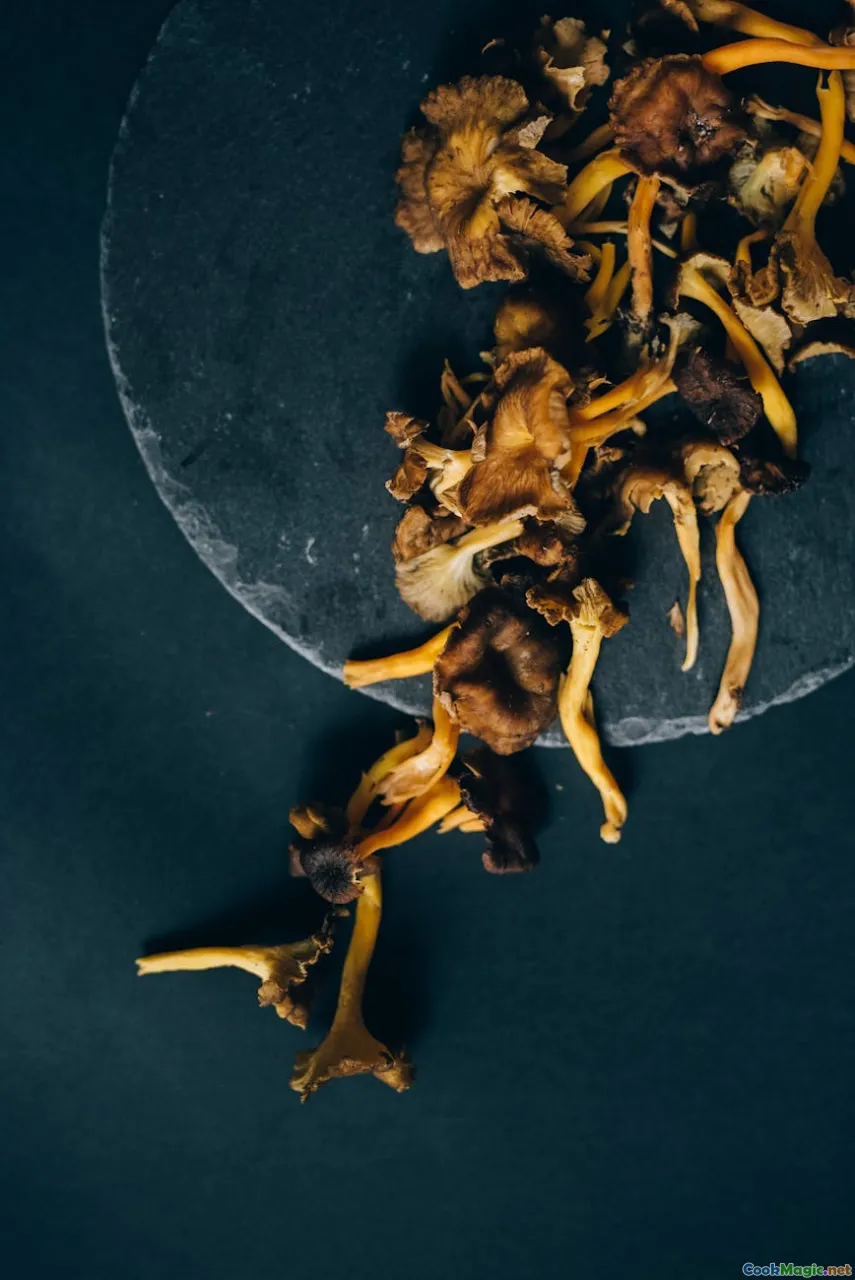
Foraged Herbs and Baltic Regional Flavor Profiles
As the sun dips lower over the Baltic Sea, and the crisp air carries hints of pine and salt, a world of vibrant, wild flavors awakens in the Nordic forests and coastal meadows. For culinary explorers, these terrains offer more than just scenery—they are a treasure trove of foraged herbs that have shaped Baltic cuisine for centuries. From the fragrant sprigs of wild dill to the pungent whispers of sorrel, each leaf and flower is a chapter in a rich tapestry of culinary history, emotion, and cultural identity.
In this journey through the Baltic flavor panorama, we will uncover how seasonal foraging intertwines with tradition, how regional herbs amplify dishes, and how modern cuisine reimagines ancient ingredients with fresh passion. Whether you're strolling along the Latvian seaside, wandering through Estonian woodlands, or cooking in a cozy Lithuanian kitchen, the secrets of foraged herbs await to redefine your understanding of Baltic tastes.
The Soul of Baltic Foraging: Nature's Pantry 
Baltic forests and meadows are akin to sprawling natural pantries, filled with herbs that have nourished communities for thousands of years. Historically, foraging was not just sustenance but a way of connecting with nature’s rhythm—harvesting when herbs peaked in flavor, respecting seasonal cycles, and passing knowledge through generations.
Wild herbs such as dill, coriander, wild garlic, chives, and meadowsweet once played vital roles in preserving food, flavoring local dishes, and offering medicinal properties. The aroma of wild garlic, with its pungent, onion-like scent, now invites foragers to a springtime ritual that’s as much about cultural continuity as it is about culinary delight.
In Estonia, the tradition of kulptuur—foraging in forests for wild herbs—is a cultural heritage celebrated during spring and early summer festivals. Not only do these herbs introduce a tantalizing freshness to dishes, but their presence also evokes memories of childhood and communal stories passed around stoves heated by birch logs.
Regional Herb Profiles and Their Culinary Roles 
Wild Dill (Anethum graveolens)
Dill’s feathery leaves, with their delicate, feathery texture and grassy aroma tinged with anise, define much of Baltic cuisine. It is a cornerstone herb for pickling traditions—be it the Lithuanian kugis, a rye bread with pulled vegetables and dill, or Estonian smoked fish preparations where dill’s fresh tang cuts through the richness.
Picture a bowl of creamy kohuke, a traditional cottage cheese treat, sprinkled with chopped wild dill, releasing a bright aroma that awakens the senses. Its subtle bitterness complements the saltiness of preserved fish and adds a layer of complexity unmatched by cultivated herbs.
Sorrel (Rumex acetosa)
Bright green and lemony, sorrel has a tart, almost lemony flavor that brings vibrancy to soups, salads, and sauces. In Latvian cuisine, sorrel is a winter staple—used in hearty skābeņu zupa (sorrel soup)—where its acidity cuts through the heaviness of hearty broths and potatoes.
Its velvety leaves and tangy zing elevate a simple salad of hand-harvested greens, and traditionally, sorrel was also used medicinally as a blood purifier—a testament to its deep-rooted cultural significance.
Meadowsweet (Filipendula ulmaria)
With a sweet, vanilla-tinged aroma, meadowsweet is often overlooked but remains vital in Baltic herbal lore. Used in infusions and desserts, its flavor profile pairs beautifully with berries like lingonberries or cloudberries, imparting a soft floral note.
Imagine a warm berry tart infused with distilled meadowsweet infusion—a traditional treat enjoyed during midsummer celebrations—and the lingering scent transports you back to Baltic sunsets.
Foraged Herbs in Traditional Baltic Dishes 
Estonian Kohuke with Fresh Dill
This sweet cheese snack is elevated by a sprinkle of freshly chopped wild dill—creating an aromatic contrast to its sweet, creamy base. The vegetal note awakens a dormant childhood memory, reminiscent of summer afternoons in Pärnu.
Lithuanian Kugis with Wild Herbs
A rustic rye bread that embraces the earthiness of locally foraged herbs like dill, wild garlic, and chives. The herbs lend brightness to the dense, chewy texture of kugis, adding a fragrant complexity characteristic of Lithuanian countryside kitchens.
Latvian Skābeņu Zupa (Sorrel Soup)
A bright, tangy soup that captures the essence of spring. Fresh sorrel leaves, combined with dill and a touch of cream, balance the soup's acidity with velvety richness—symbolic of renewal and vitality.
Finnish Bay Leaf and Juniper Seasoned Fish
While technically Nordic, this dish highlights the broader Baltic culinary ethos—using wild herbs like juniper berries and bay leaves harvested from forests to flavor smoked and pickled fish served at midsummer festivities.
How to Incorporate Foraged Herbs into Your Cooking 
Embracing wild herbs starts with respect and knowledge. Here are practical tips for safely integrating foraged herbs into your recipes:
- Learn Identification: Always forage with a reliable guide or expert. Key distinctions—such as between wild garlic and lily of the valley—are vital for safety.
- Seasonal Foraging: Each herb peaks at specific seasons. Early spring is ideal for wild garlic and chives; late spring through summer is perfect for dill, sorrel, and meadowsweet.
- Clean and Prepare: Rinse herbs thoroughly to remove soil and insects. Pat dry gently, and if necessary, blanch some greens to mellow their flavor.
- Experiment in Simple Dishes: Start with herb-infused oils, butters, or simple salads. Fresh herbs are powerful—you need only a small amount to brighten a dish.
- Preserve for Later: Dry herbs for teas or freeze greens in ice cubes for soups. This maintains their peak flavor and ensures you can enjoy authentic Baltic tastes year-round.
For example, a sunflower oil infused with wild dill and juniper berries creates a fragrant base for dressings or dipping sauces that evoke Baltic summers in winter.
Modern Reimaginings and Global Influences 
Contemporary chefs are reinterpreting Baltic foraging with a global twist, blending traditional herbs into innovative dishes that celebrate heritage while appealing to modern palates.
Fermented Herbal Shots
Infusing wild herbs such as meadowsweet and sorrel into local spirits or vodkas creates traditional yet novel elixirs, served as appetizing shots or in cocktails.
Herb-Driven Fine Dining
Imagine a Baltic-inspired tasting menu featuring a foam of wild garlic, smoked Baltic fish topped with dill oil, or sorrel sorbet—culinary artistry that spotlights the region’s rustic ingredients with haute cuisine finesse.
Vegetable and Herb Pairings from Baltic Gardens
Novice cooks can explore vegetable-herb combinations rooted in regional terroirs—such as beets with wild chive cream or wild carrot salads—bringing local flavor profiles to the forefront.
From Forest to Table: Cultivating a Personal Connection 
One of the most enriching aspects of foraging and incorporating Baltic herbs is the emotional connection it fosters. Tending a balcony herb pot or visiting a nearby forest invigorates a sense of stewardship and discovery.
In Lithuanian villages, old farmers’ stories reveal how gathering herbs in early morning light, praying for bountiful harvests, bolstered community bonds and a reverence for the land. Passing this wisdom onto younger generations continues to foster cultural resilience.
Embracing Baltic Heritage Through Foraged Flavors 
Herbs are more than mere ingredients—they're woven into the cultural fabric of Baltic life. Midsummer festivals, traditional curing methods, and folklore celebrate these wild flavors, reminding us of a historical harmony between humans and nature.
Participating in local foraging festivals, attending herbal workshops, or simply exploring regional markets for fresh herbs are ways to reconnect with this ancient culinary dialogue.
In conclusion, exploring foraged herbs and regional flavor profiles of the Baltic offers a sensory journey rooted in tradition, nature, and tradition—the flavors of ancestral forests and meadows whisper stories of resilience and identity. Embracing these wild ingredients not only enriches our palate but also deepens our appreciation for the land that sustains us.
So, whether you’re plucking fresh dill by dawn or experimenting with sorrel in a modern dish, remember: the Baltic’s wild herbs are gifts waiting to be rediscovered, each leaf an echo of generations past and a taste of the future.
